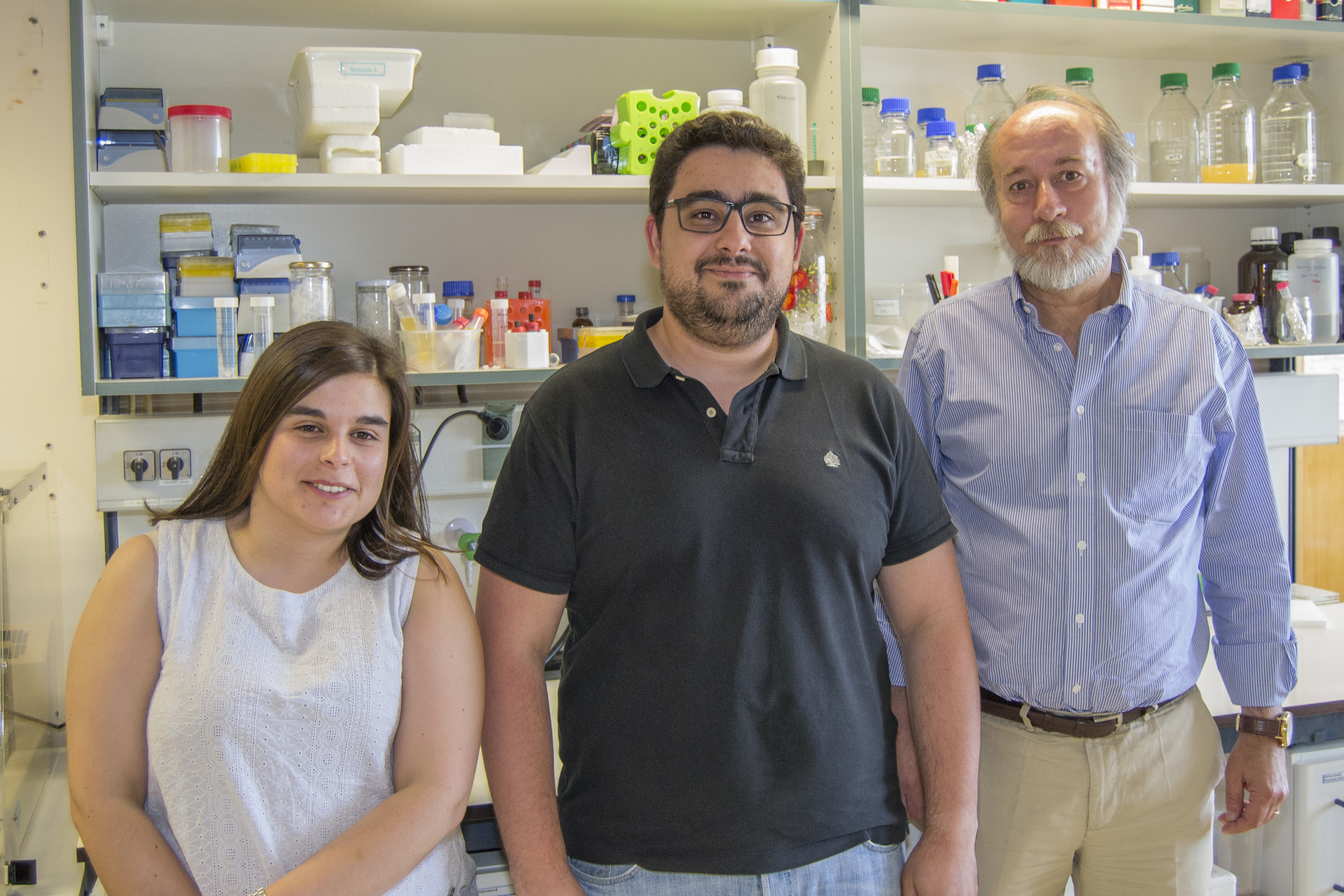Surviving on air
Oeiras, 12.07.2018
Clostridium difficile is a pathogenic bacterium that is the cause of intestinal diseases whose symptoms range from mild diarrhea to severe, potentially lethal, inflammatory lesions such as pseudomembraneous colitis, toxic megacolon or bowel perforation. Clostridium difficile in an anaerobe that colonizes the human gut, where oxygen in scarce but still present. The mechanism that enables C. difficile to survive oxygen and nitrogen was unclear, but now researchers from Miguel Teixeira Lab at ITQB NOVA have described in detail the bacterial enzyme that is responsible for that process. The results were published in Scientific Reports, a Nature group publication.
“Flavodiiron proteins (FDPs) are O2 or NO reducing enzymes responsible for the ability of many pathogens to survive a host’s immune system. These enzymes also allow anaerobes to cope with fluctuating concentrations of oxygen. What we have now found is that Clostridium difficile encodes two of these enzymes, one that is similar to other known FDPs but the other with a larger polypeptide chain, CD1623, with two extra domains.” explained Miguel Teixeira, leader of Metalloenzymes and Molecular Bioenergetics Lab and corresponding author of this article. “This multi-domain protein is the most complex flavodiiron protein characterized thus far and our results show that it operates as a standalone enzyme, precluding the need for extra partners. Its selectivity to oxygen may be the key to the survival of C. difficile in the human gut and in the environment.”

Original Paper
Scientific Reports, (2018) 8:10164, DOI:10.1038/s41598-018-28453-3
The multidomain flavodiiron protein from Clostridium difficile 630 is an NADH:oxygen oxidoreductase
Filipe Folgosa, Maria C. Martins and Miguel Teixeira







